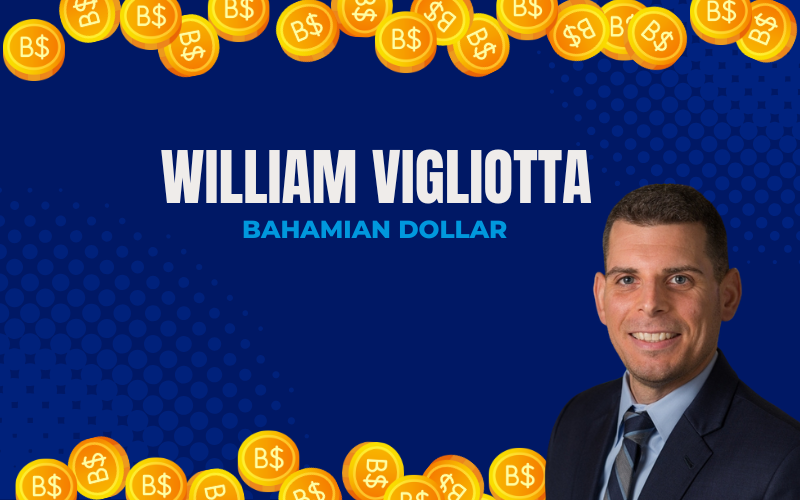(Bloomberg) -- Emerging-market currencies edged lower Friday on dwindling optimism over Federal Reserve rate cuts this year, paring their fourth consecutive weekly gain.

A gauge of emerging market currencies slipped as much as 0.26% on the day, as investors processed comments from Fed officials yesterday suggesting that rates should stay higher for longer, reinforcing bets for just one cut this year.
The Mexican peso led gains in emerging markets, remaining on track towards its year-to-date highs posted last month, followed by the Brazilian real. Meanwhile, Asian currencies edged lower, with the South Korean won lagging peers.
This week brought more evidence to “question whether multiple rate cuts are on the horizon,” said Juan Pérez, director of trading at Monex USA. If the environment worsens, “the Fed will have to think about two cuts.”
Stocks held on to their weekly rally, aided by new stimulus measures from China. MSCI Inc.’s benchmark for emerging market equities is up 0.14%, gaining for a fourth week, its longest winning streak since February.
China announced its most forceful attempt yet to shore up the beleaguered property market, easing mortgage rules and encouraging local governments to buy unsold homes from developers for conversion into affordable housing. The Shanghai Stock Exchange Property Index surged following the statement.
EM Fundamental
Those factors added to the general risk-on mode this week, though global markets became more mixed by Friday over Fed signaling it would keep borrowing costs higher for longer as they await more evidence inflation is easing.
“When we cut EM risk a few weeks ago, we had pointed out that higher US rates and a stronger dollar are a toxic mix for EM local,” Luis Costa, global head of EM sovereign debt strategy at Citigroup, said in an email. “Since then, the combination of FOMC speeches and the weaker growth data out of the US have led to US rates being more contained, as well as to a weaker dollar.
This suggests that EM local can do better again.” Emerging-market fundamentals are in “reasonably good shape” overall, Costa said.
Elsewhere, a stronger Mexican peso is driving multinational companies to more aggressive hedging strategies. Commercial traders, who tap the currency futures and options market for protection, increased peso shorts in April to the highest level in more than four years.
South Africa’s rand is up 1.5% this week against the dollar. South Africa likely achieved a primary budget surplus for the first time in 15 years, setting it on a path to arrest further growth in debt, just ahead of elections this month.
Turkey’s lira was also set to extend its gain against the dollar to a fourth week, the longest winning streak since 2021, as pledges of monetary orthodoxy and lower inflation started resonating with investors. Turkish banking stocks headed for a record high.




